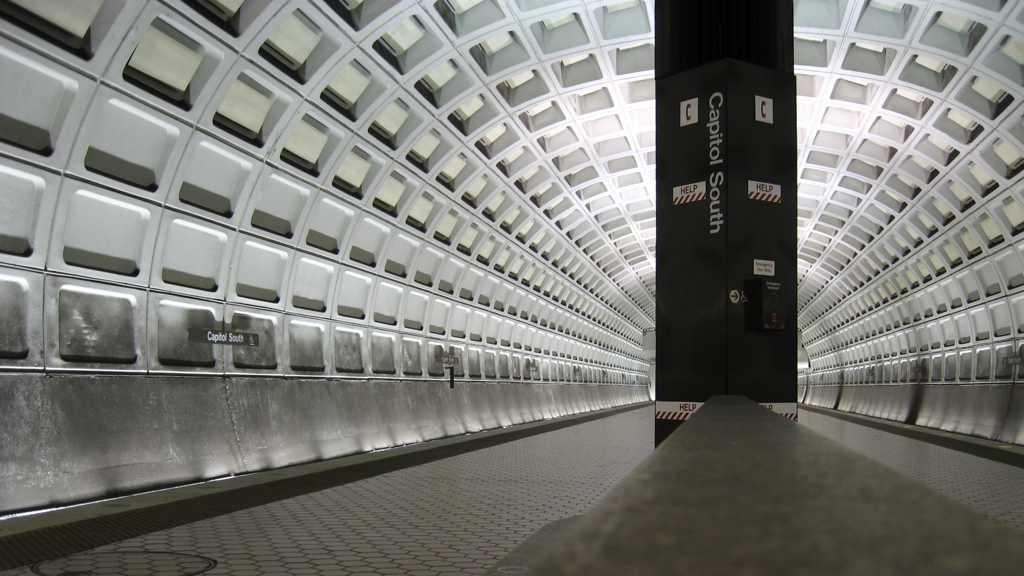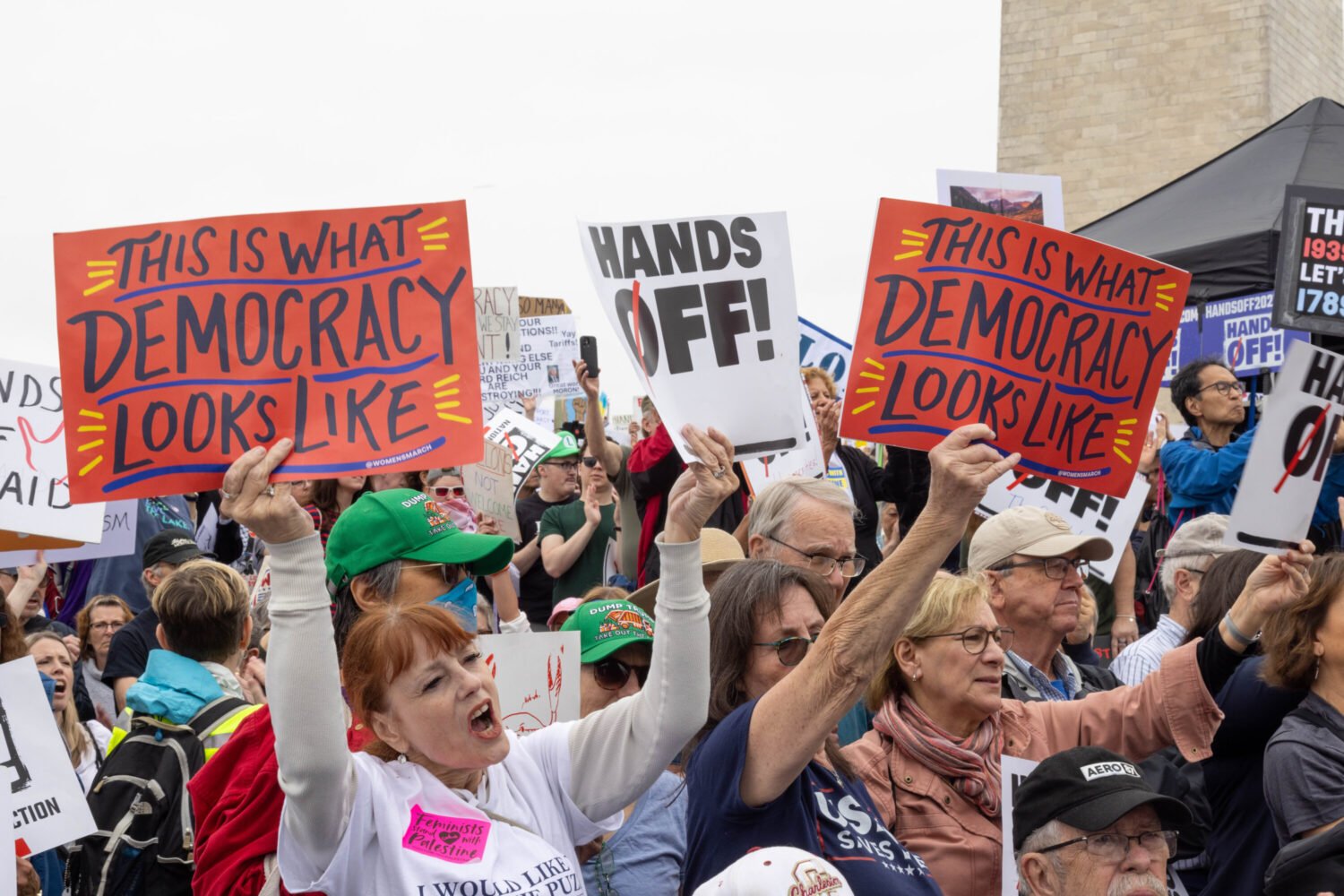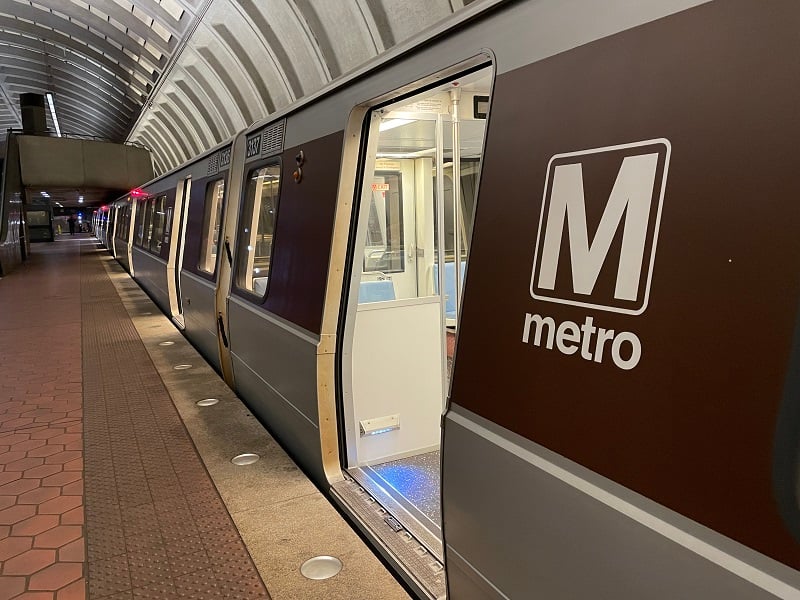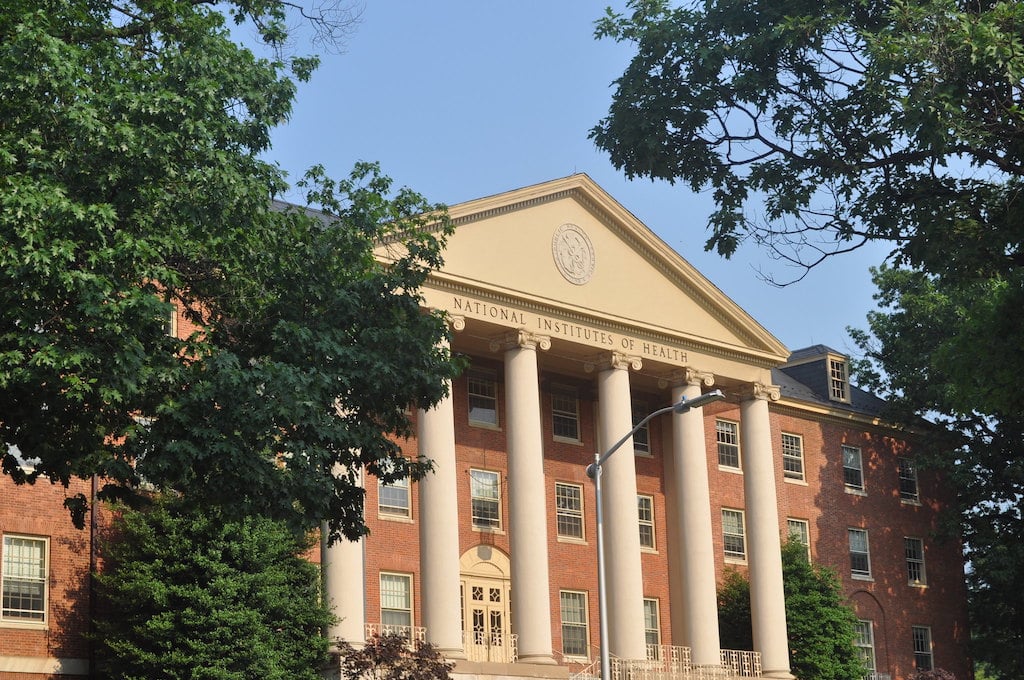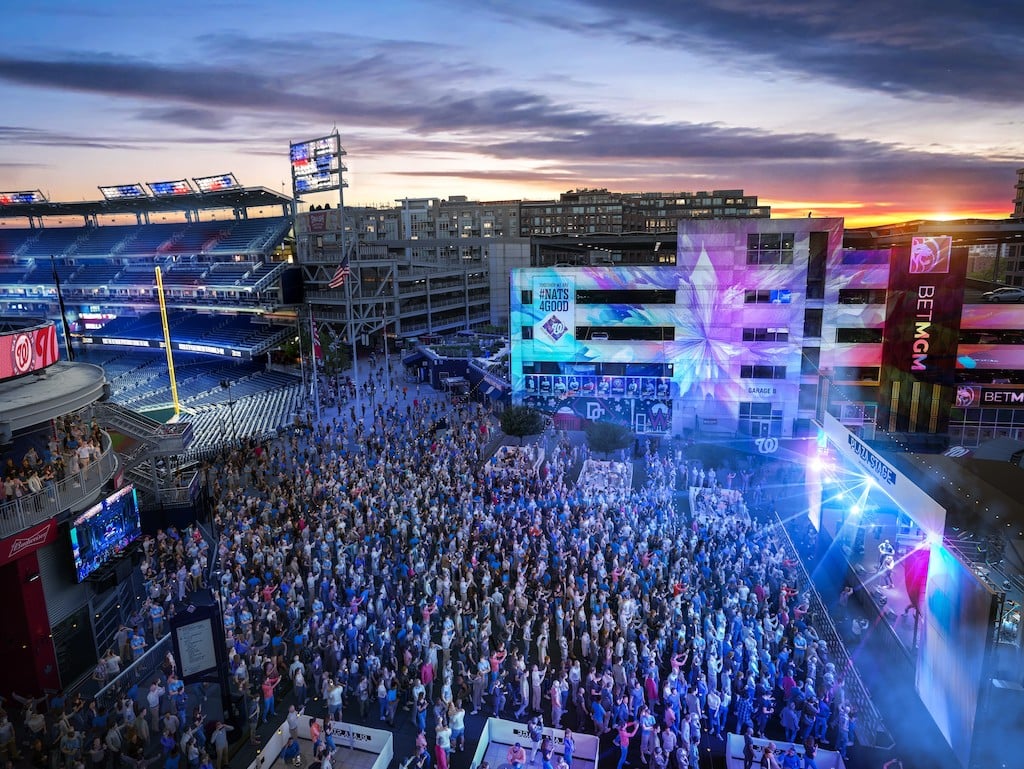Metrorail lost so many customers in 2016 that its decline in passengers actually dragged down national light-rail and subway ridership into negative territory, according to a new analysis of federal transportation statistics.
TransitCenter, a research and advocacy group in New York, found that the Washington Metropolitan Area Transit Authority’s 14 percent drop in rail passengers between 2015 and 2016, resulted in the national total of subway riders shrinking by 0.3 percent. Subtract Metro from the equation, and the aggregate of all other light-rail and subway systems in the United States grew by 0.6 percent.
.@wmata is shedding rail riders at such a rate it's moving ridership numbers at a national scale pic.twitter.com/1k5aBLDoYb
— TransitCenter (@TransitCenter) March 9, 2017
WMATA reported that it recorded 191 million rail trips in fiscal 2016, a drop of about 15 million, or 7 percent from fiscal 2015. TransitCenter conducted its analysis using the National Transit Database, which is administered by the US Department of Transportation.
Most of the drop in Metro’s ridership can be attributed to the agency’s SafeTrack initiative, which is closing chunks of the system for weeks at a time for long-overdue repairs, says Steven Higashide, a senior analyst at TransitCenter. But SafeTrack can’t be blamed for all of the drop-off, he says.
“When you have 1 in 7 customers fleeing your system, that’s really a five-alarm fire,” he says. “People don’t feel they can trust the system to get there on time. Of course, if repairs need to be done, repairs need to be done.”
But Higashide says only so much can be pinned on Metro, its management, and its staff. “The really concerning thing is lack of urgency political leadership in the region is showing,” he says. “Ultimately this is [Virginia] Governor [Terry] McAuliffe, [Maryland] Governor [Larry] Hogan, and [DC] Mayor [Muriel] Bowser’s problem.”
Recently sworn-in Transportation Secretary Elaine Chao announced last month she will withhold federal funding from DC, Virginia, and Maryland until the three jurisdictions create a new safety commission to oversee Metro.

